From the May 2021 issue of Apollo. Preview and subscribe here.
‘Life is at its most uninhibited here,’ Joan Eardley said of Townhead, then a slum in the centre of Glasgow. The painter, who was born 100 years ago this month, set up her studio there in 1949, fresh from her studies at Glasgow School of Art. Though she spent long spells in Catterline, an impoverished fishing village on the east coast, south of Aberdeen, Eardley would maintain a studio in Townhead until her premature death from breast cancer in 1963, at the age of just 42. She had found here ‘a little community […] where everybody knew everybody else’. She made it both her métier and her home.
On Rottenrow, where many of Eardley’s models lived in tenements in which whole families slept in a single room – a hangover from the 19th century that lasted stubbornly up to the 1960s – the only remnant of the artist’s world today is the sandstone Scots Baronial gate of the old Glasgow Maternity Hospital; it’s now the entranceway to a wide sloping garden that forms part of the campus of the University of Strathclyde. Eardley was well aware that the physical world she painted was disappearing – her works are full of dilapidated community shops, long deserted and earmarked for demolition to make way for the council’s new housing schemes. Her paintings of the place and its inhabitants can be identified by perhaps nothing more than their sense of fizzing urgency, as though animated by the need to rapidly translate into paint a reality that was vanishing before her eyes. Profiles are dashed down in vivid strokes of black, red or blue; buildings, emblazoned with graffiti, seem to totter on their foundations. Eardley herself would often complain, gently, of her losing battle to get the children to sit still.
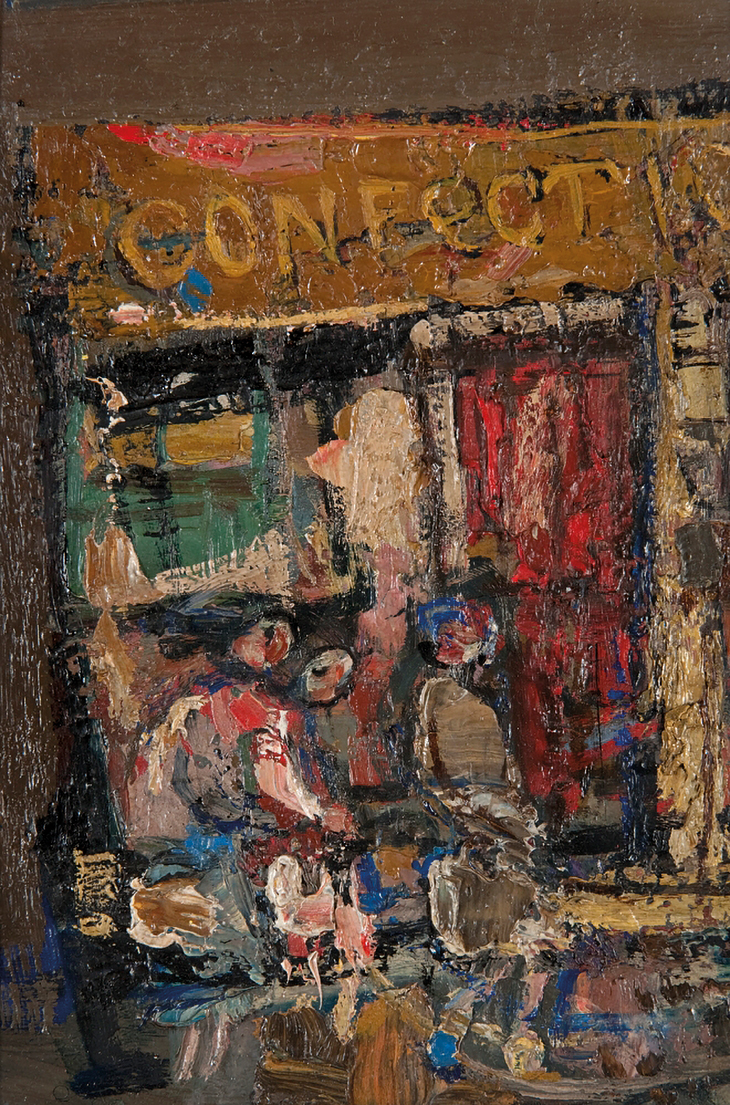
Sweet Shop, Rotten Row (1960–61), Joan Eardley. Hunterian Art Gallery, Glasgow; © The Eardley Estate. All rights reserved. DACS 2021
To the children themselves, this demure but evidently strong-willed woman was a source of great curiosity when she appeared in their midst. Eardley was friendly, she said, with some ‘half a dozen’ local families. In particular, there were the 12 Samson children. In 1955 she was spotted by the eldest, Andrew, wheeling an easel through the streets in a pushchair; he asked her if she could paint him. So began a relationship that lasted until Eardley’s death; she would give the Samsons tea and pocket money, and they would sit for her.
For a city that prides itself on its egalitarian values, Glasgow has historically been more riven by class divisions than any other city in Europe. Rapid industrialisation in the 18th and 19th centuries, and a shipbuilding industry that was the envy of the world, brought colossal wealth to Glasgow, the ‘second city of the Empire’. But the sheer scale and speed of urbanisation here brought overcrowding and squalor to a degree also unmatched elsewhere. Life in the tenements, cheek by jowl, certainly inspired social intimacy, but just as certainly violence and despair. The novelist William McIlvanney described life here as one of ‘Kind people who batter unkindness – the rose with the thorns’. As Glasgow attempted to modernise in the 1950s and ’60s, Eardley’s depictions of the city’s slums were not always welcomed by its councillors.
Looking Glasgow’s poverty squarely in its face, where in the past so many had contrived to simply look the other way, Eardley sought neither to romanticise nor to sensationalise. She was driven in part by formal concerns; ‘I do try and think about [the children] in painterly terms as much as any other term – all the bits of red and bits of colour […] never the same thing twice running,’ Eardley told the BBC a few months before her death. But when I look at her Townhead works, what I feel above all is the dignity of autonomy, of individual vision, brought to a world which had for so long and for so many been confined to the shadows. Here are the contradictions of Glasgow laid bare, with love.
Eardley’s influences were many: in the 1940s she was drawn to Henry Moore and Stanley Spencer; the sketches and paintings she produced in 1948–49, on a travelling scholarship that took her to Florence, Venice and Paris, bear the mark of Masaccio as much as of Cézanne and Van Gogh. But above all she sought her own route through the twin orthodoxies of British art at the time, ‘kitchen sink’ realism and Abstract Expressionism imported from the US: her commitment to social justice was pronounced, her mark-making unrestrained. To her starkly impastoed canvases she would affix sweet wrappers, and other bits of tinfoil, to achieve a layering that was just as much textural as it was an attempt to convey the variegated surfaces and depths of the worlds she inhabited. The painter Lachlan Goudie – long a champion of Eardley’s work – says that what he values most about Eardley is her formal ‘fearlessness’: ‘You know, when I’m painting a picture and I get to a point where I’m quite pleased with what’s going on, I can begin to put the handbrake on. You get the impression with Eardley that at that stage she’d fling another pot of paint at it, just to see what would happen.’
Across Glasgow and further afield in Scotland, events will be unfolding throughout this year and next in Eardley’s honour – many of them arranged collaboratively through the Scottish Women and the Arts Research Network, which stepped into the breach after criticism that no major centenary survey had been arranged in Glasgow. The Hunterian Art Gallery is hosting a display of around 20 works from its collection later in the summer, including Sweet Shop, Rotten Row (1960–61), which was donated to the University of Glasgow by the city’s first Poet Laureate, Edwin Morgan; ‘Such rags and streaks / that master us!’, Morgan wrote of this ‘Eardley on my wall’. A display at Paisley Museum, which is currently undergoing a £42m renovation, will include a playpen Eardley painted in the late 1940s. The National Galleries of Scotland in Edinburgh will host a show dedicated to her Catterline landscapes. Also in Edinburgh, the Scottish Gallery, which had a close relationship with the artist in the 1950s, is planning a centenary show to coincide with the Edinburgh International Festival; its director, Guy Peploe, echoes the sentiments of Lachlan Goudie in lamenting that it has taken ‘such a long time for her reputation to move out from Scotland’, and hoping that events here will lead to a wider reappraisal.
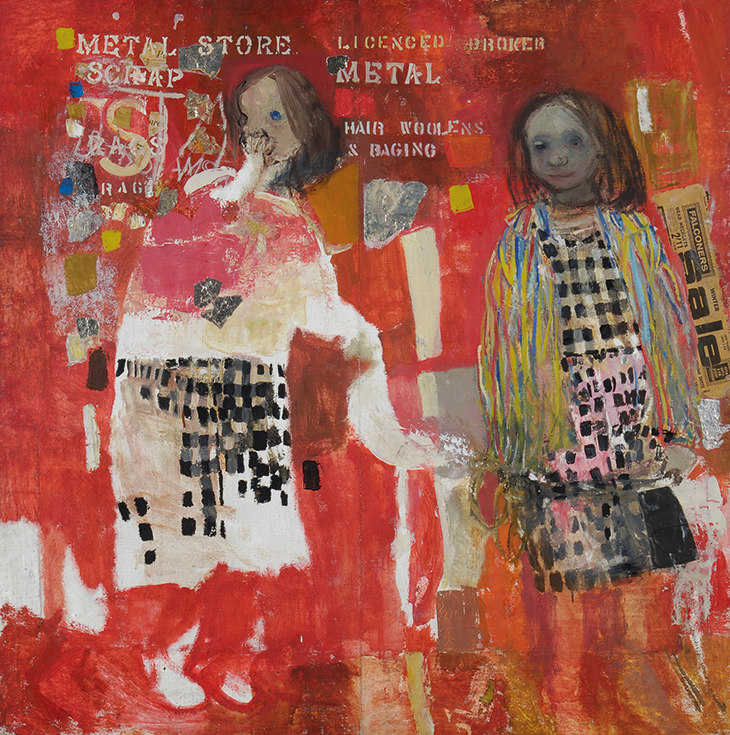
Two Children (1963), Joan Eardley. Kelvingrove Art Gallery and Museum, Glasgow; © The Eardley Estate. All rights reserved. DACS 2021
The Kelvingrove Art Gallery – which would have been the natural space for a centenary survey – is looking to host a smaller-scale, but perhaps no less poignant celebration. Two Children, left unfinished at Eardley’s death, is a painting etched into the memory of generations of Glaswegians, with the somewhat coy and grubby faces of its subjects at odds with the vivid background of red oil paint and graffiti. There are plans to rehang it in a dedicated display next year, while the artist Kate Downie will also produce a new work that attempts to ‘finish’ the painting – a reflection, says curator Joanna Meacock, of Eardley’s ‘lasting legacy’ for artists in this country. For many, it remains a cause for some lament that no large institutional show has been arranged. Still, prizing community as she did, one suspects that Eardley would have been touched by how the city has come together in celebration.
To find out more about events and exhibitions marking Joan Eardley’s centenary, go to www.joaneardley.com.
From the May 2021 issue of Apollo. Preview and subscribe here.
Unlimited access from just $16 every 3 months
Subscribe to get unlimited and exclusive access to the top art stories, interviews and exhibition reviews.

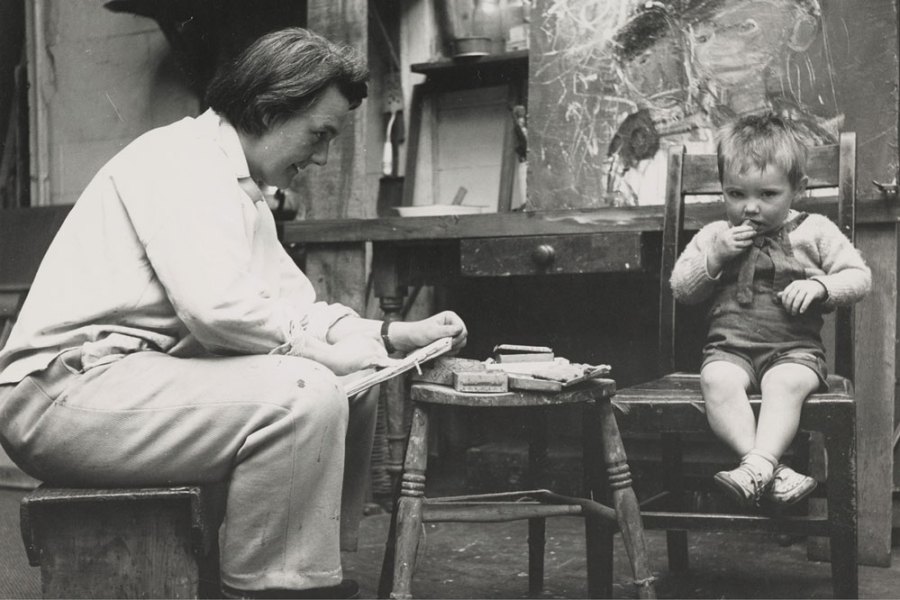
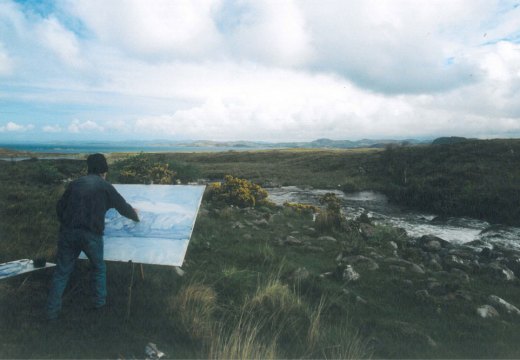
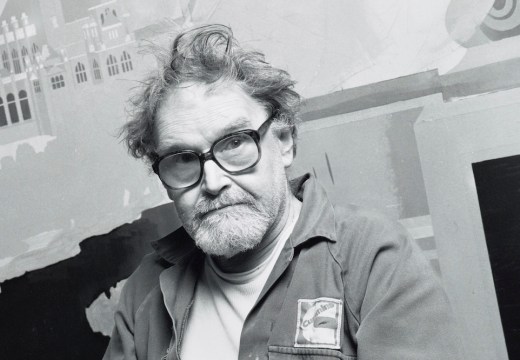
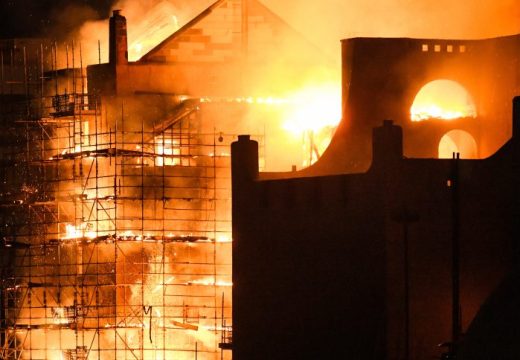









![Masterpiece [Re]discovery 2022. Photo: Ben Fisher Photography, courtesy of Masterpiece London](http://www.apollo-magazine.com/wp-content/uploads/2022/07/MPL2022_4263.jpg)
Why are fathers so absent from art history?